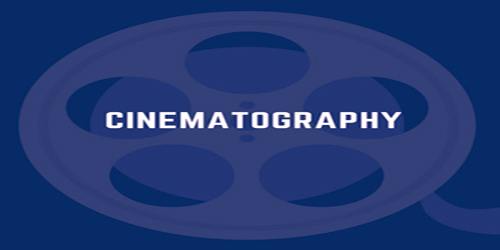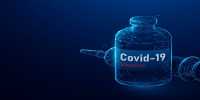The pursuit of visual storytelling is at the center of filmmaking. It is the art of storytelling that combines photography and works on a film camera called cinematography. The screenwriter may create the story and a director can guide the actors in how they act, but the painter is the one who captures the story and the actors permanently. Cinematographers use a lens to focus the reflection of light on a real image that is transmitted to an image sensor or light-sensitive material inside a cinema camera. These exposures were created in sequence and saved for later processing and viewing as motion images. According to the definition given by the American Society of Cinematographers (ASC), filming imagery is not simply a document of what is happening; it is creating an original art through an enlightening and creative process. Images obtained with photographic emulsion are the result of multiple invisible dormant images of film stock, which chemically “develop” as a visible image. Images from film stock are estimated to look for motion pictures.
Technological and artistic innovations have gained momentum since the 1830s, when Simon von Stampfer, Joseph Maland, William Horner, and Edward Muybridge created the first moving paintings with their own inventions: the stroboscope, the phenakistoscope, the jiotrope, and the juyprexoscope. In 1845, Francis Ronalds discovered the first successful camera capable of producing continuous recordings of weather and geomagnetic signals over time. Cameras were provided in numerous observatories around the world, and some were effective until the twentieth century. In 1845, Francis Ronalds discovered the first successful camera capable of producing continuous recordings of weather and geomagnetic signals over time. Cameras were provided in numerous observatories around the world, and some were effective until the twentieth century. With each technological innovation, cinematographers had an even bigger toolkit to draw from. For example, Cooper Whites’ mercury-steam lamps, introduced in 1901, made shooting in-house without sunlight. The Bell & Howell 2709 movie camera, invented in 1915, allows directors to perform close-ups without physically moving the camera. In the scientific field, the film’s introduction “allowed new images and objects, such as cells and natural objects, to be viewed in real-time,” where scientists and physicians had to rely on human anatomy designs and micro-sketches before they were discovered. This has created great difficulty in the world of science and medicine.
The technical aspects that cinematographers need to consider include aspect ratio, depth of focus and framing, color, lighting, camera angle, frame rate, film stock (for example, 8mm, 16mm, 35mm, and 65mm) and special effects (FX) Is included. Cinematography finds its use in many fields of science and business as well as for entertainment purposes and mass communication. Each of these technical aspects requires specific tools and settings in order to achieve the desired results. It is the technical aspects of filmmaking that have changed over the years.
















